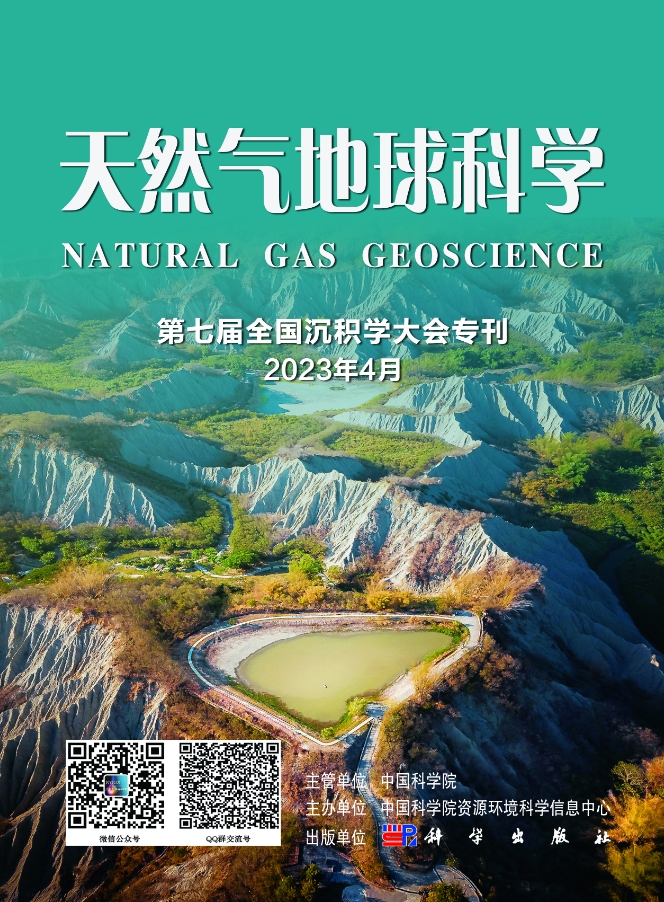Shu-qin LI, Sen-lin YIN, Yang GAO, Fang ZHANG, Ying-yan LI, Shou-chang PENG
The composition of the Permian Lucaogou Formation in Jimsar Sag, Junggar Basin is a key block for shale oil and gas exploration. It is of great significance to carry out the study of fine mixed rock sedimentary sequences and related research. Using core, thin section, scanning electron microscope, well logging curve, XRF, XRD and other data, combined with core phase and its combination analysis, log curve least squares fitting and lithology random simulation, etc., the sequence stratigraphic framework and sedimentary microfacies identification established a microfacies model of mixed fine-grained sediments in the study area. (1) Lucaogou Formation can be divided into 5 medium-term cycles, 9 short-term cycles and 33 ultra-short-term cycles. The medium-term cycle corresponds to the segment level, and the short-term cycle is equivalent to one sand group or small layer (including multiple single sand layers), and the ultra-short-term cycle generally corresponds to a single layer. (2) The target layer of the study area is a salt lake-delta sedimentary system with complex and variable lithology. Under the joint influence of mechanical, chemical, biological and other sedimentary effects, a mixed fine-grained rock formation composed of fine-grained clastic rocks, mudstones and carbonate rocks is formed. The sedimentary microfacies types of the reservoir mainly include sand dam, prodelta mud, sand bank, mixed bank, dolomitic flat and lacustrine mud. (3) The dessert section of Lucaogou Formation in Jimsar Sag is mainly distributed in the Upper p2l22 and p2l12 .The sedimentary model of terrigenous clastic-carbonate mixed fine-grained rocks in Lucaogou Formation is put forward. When the datum surface rises, the sedimentary environment changes from the delta outer leading sand dam and the shallow lake sand bank sediment to the shallow lake-semi-deep lake mixed bank and dolomitic flat sediment, and a large area of black gray mudstone is deposited as the datum surface continues to rise to the maximum accommodating space; When the datum is declining, the shallow lake-semi-deep lake mixed bank and dolomitic flat sediment are mainly developed. As the datum continues to decline, shallow lake subfacies sand bank and delta front sand dam deposits are developed.
